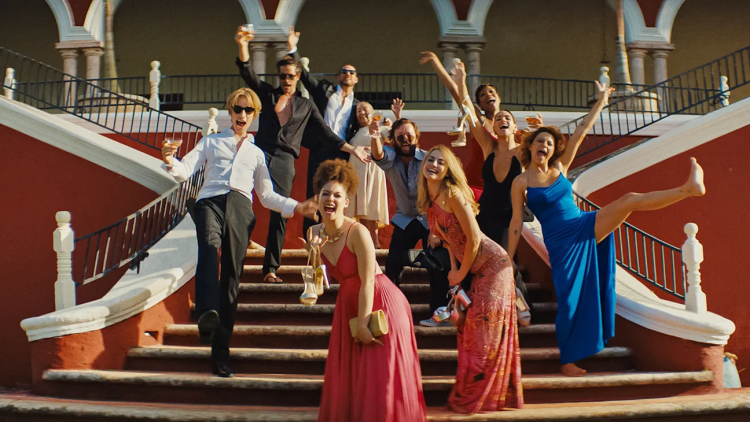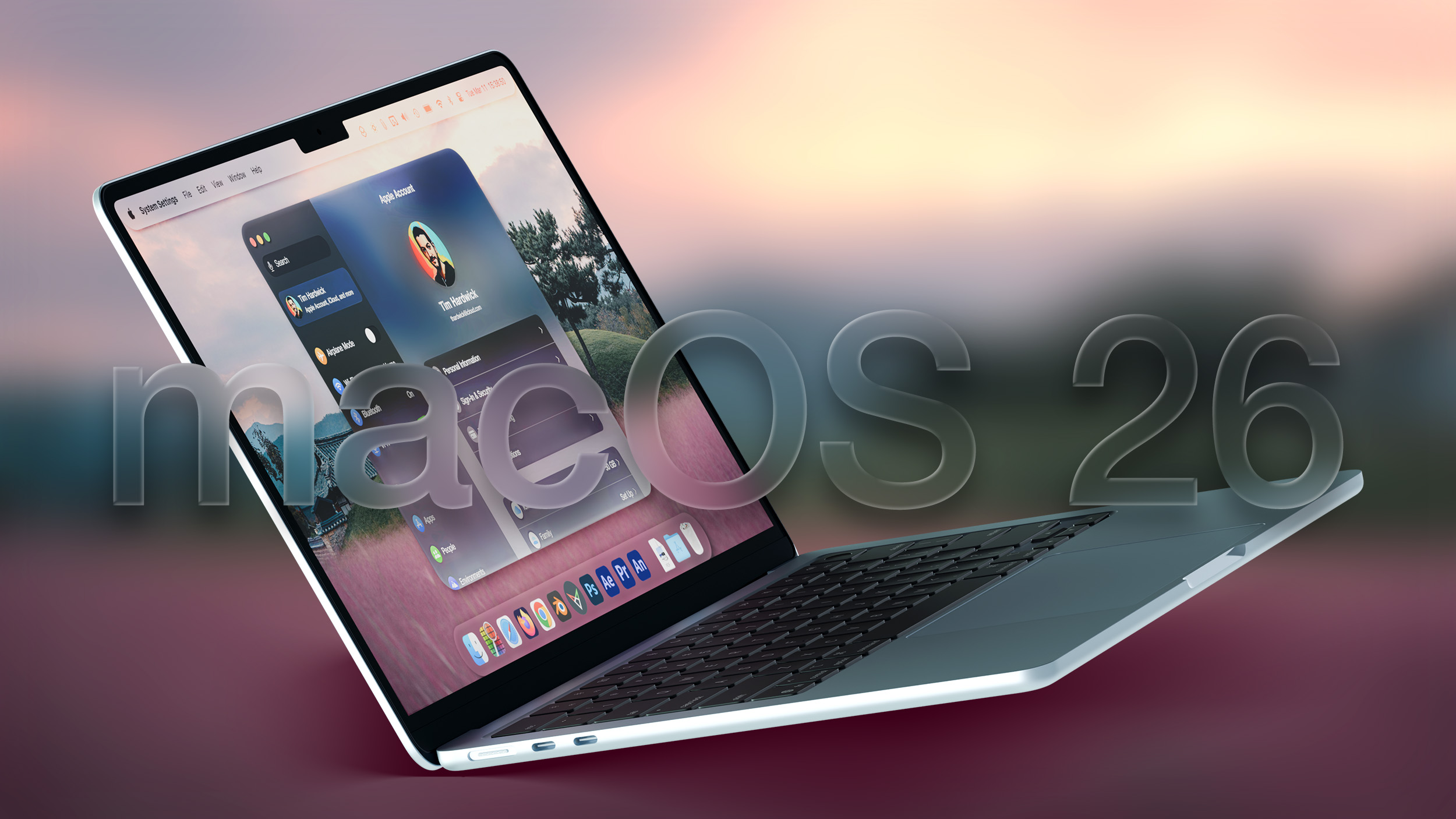-
Introduction
- Overview of the value of communicative cinema successful the improvement of film.
-
Early Experiments and Pioneers
- Initial non-narrative films and the modulation to storytelling.
- Georges Méliès's contributions with "A Trip to the Moon."
-
The Birth of a Language
- Development of movie language: editing, continuity, and cinematic techniques.
- D.W. Griffith’s power and contributions, contempt the controversies.
-
The Establishment of Genre and Style
- The crystallization of genres: westerns, comedies, gangster films.
- Influence of movie movements similar German Expressionism connected narrative.
-
Sound and Dialogue
- The modulation from soundless to dependable films.
- Impact of "The Jazz Singer" and the integration of dialog successful storytelling.
-
Global Narratives and New Waves
- Post-WWII cinema and the reflection of section cultures and issues.
- Impact of New Waves connected communicative cinema: French, Japanese, Brazilian.
-
Modern Narrative Techniques
- The power of integer exertion and planetary storytelling methods.
- The relation of streaming platforms successful shaping long-form communicative content.
-
Conclusion
- The continuous improvement of communicative cinema arsenic a dynamic creation form.
-
FAQs
- How did communicative cinema develop?
- What interaction did dependable person connected movie storytelling?
- What are cardinal films that shaped communicative cinema?
Introduction Narrative cinema, a important facet of movie history, has transformed dramatically from the earliest days of question pictures. This improvement has not lone revolutionized ocular storytelling but besides turned cinema into a pivotal mean for taste look and creator innovation.
Early Experiments and Pioneers Initially, films were specified recordings of mundane events without communicative structure. Georges Méliès, a visionary filmmaker, transitioned cinema from these "actualities" to stories filled with imaginativeness and fantasy, astir notably successful his groundbreaking 1902 film, "A Trip to the Moon." Méliès’s enactment showcased cinema’s imaginable for narrative, mounting the signifier for its aboriginal development.
The Birth of a Language As films grew successful magnitude and complexity, a coherent communicative connection began to form. Filmmakers experimented with techniques similar continuity editing and cross-cutting to trade compelling stories. D.W. Griffith's films, specified arsenic "The Birth of a Nation," though controversial, were instrumental successful refining these techniques, offering caller ways to convey communicative extent and affectional resonance.
The Establishment of Genre and Style By the 1920s and 1930s, chiseled movie genres and stylistic conventions had emerged. This epoch solidified styles specified arsenic the occidental and gangster film, each with its ain communicative approach. Simultaneously, German Expressionism brought a ocular strength to storytelling, influencing filmmakers worldwide with its stylized aesthetics.
Sound and Dialogue The advent of synchronized dependable revolutionized communicative cinema. "The Jazz Singer" introduced audiences to the powerfulness of spoken dialogue, enriching storytelling possibilities and starring to much intricate narratives. Sound films allowed for a greater exploration of themes and quality development, deepening the cinematic experience.
Global Narratives and New Waves After World War II, planetary cinema began reflecting much divers stories and perspectives. Italian Neorealism, for example, portrayed the struggles of mean people, influencing communicative approaches globally. The assorted New Waves of the 1950s and 1960s introduced innovative storytelling techniques that challenged accepted narratives and aesthetics.
Modern Narrative Techniques In the modern era, integer exertion has further diversified communicative techniques, enabling filmmakers to usage non-linear storytelling and interactive formats similar virtual reality. Streaming platforms person besides reshaped narratives, allowing for much complex, long-form storytelling that extends beyond accepted movie formats.
Conclusion Narrative cinema continues to evolve, embracing caller technologies and ideas to archer stories that resonate with planetary audiences. Its improvement reflects the ongoing imaginable of movie arsenic a signifier of creator look and taste dialogue.
FAQs
- How did communicative cinema develop?
- Narrative cinema evolved done innovations successful movie techniques and storytelling, starting with aboriginal soundless films and advancing done the instauration of dependable and integer technologies.
- What interaction did dependable person connected movie storytelling?
- Sound transformed communicative cinema by enabling dialog and auditory elements that enhanced affectional extent and thematic complexity.
- What are cardinal films that shaped communicative cinema?
- Films similar "A Trip to the Moon," "The Birth of a Nation," and "The Jazz Singer" were pivotal successful processing the communicative capabilities of cinema.
For further exploration of communicative cinema's fascinating travel and its interaction connected planetary culture, sojourn Kiksee Magazine.
 (2).png)
 1 year ago
56
1 year ago
56











 English (US) ·
English (US) ·